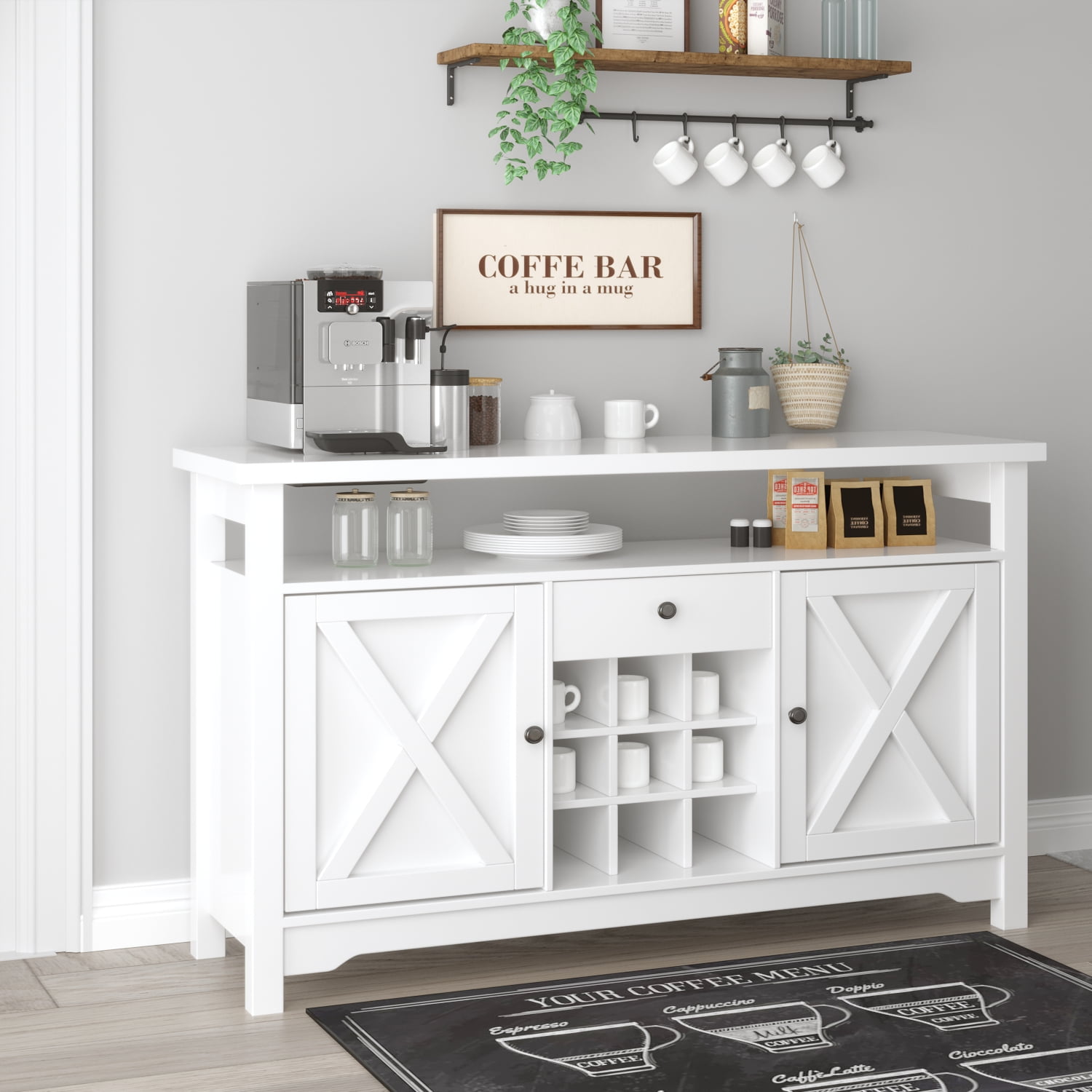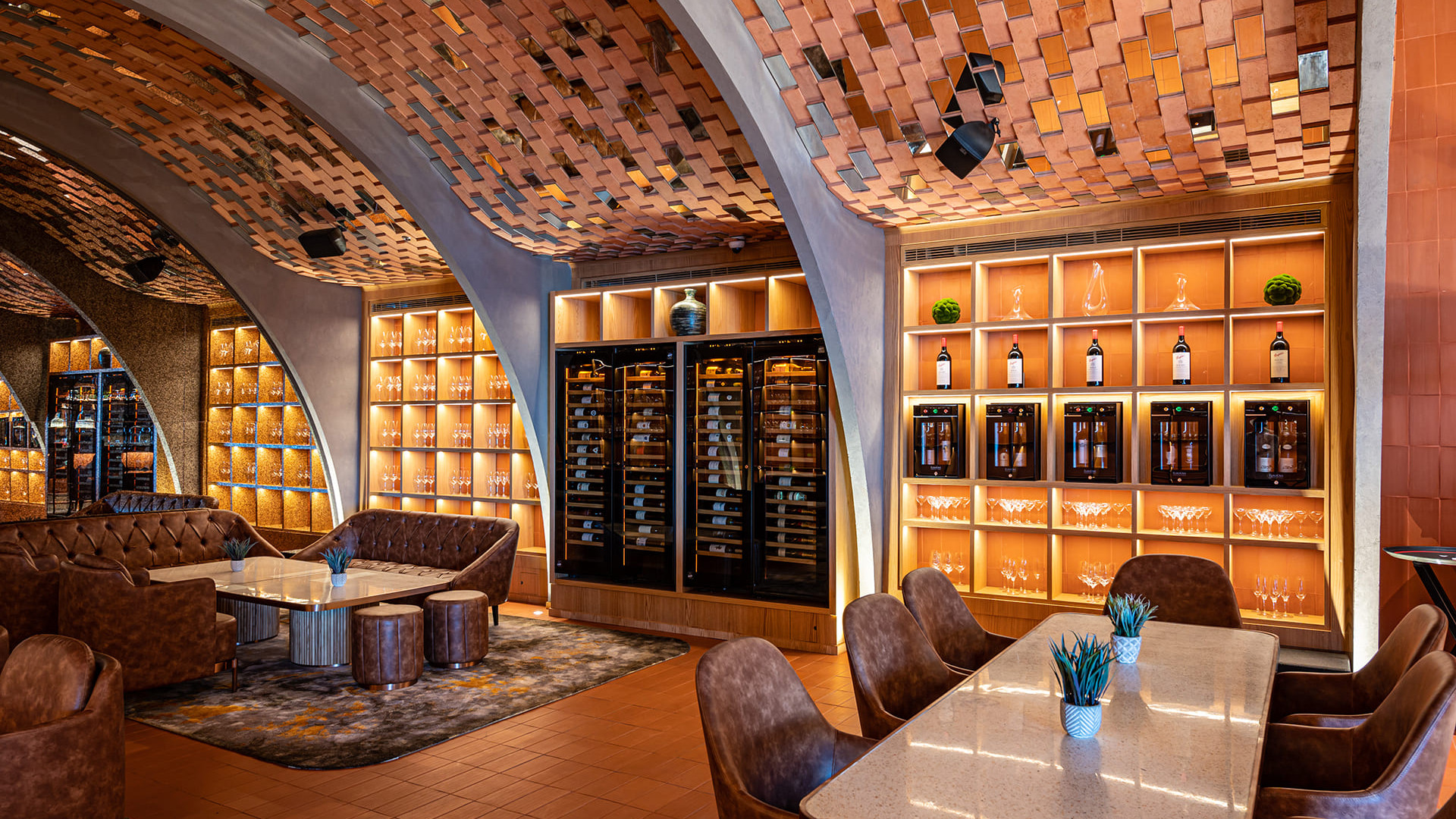Design Concepts for a Steppe Wine Bar Cabinet

Imagine a Balinese sunset, the warm hues painting the sky, infused with the earthy tones of the vast steppe. That’s the feeling we’re aiming for with this wine bar cabinet – a blend of rugged natural beauty and sophisticated functionality, perfect for your chill-out space. Think handcrafted details, sustainable materials, and a design that whispers stories of faraway lands.
Steppe-Themed Design Aesthetic
This steppe-inspired wine bar cabinet embraces a palette of warm, earthy tones. Imagine the rich browns of acacia wood, subtly contrasted by the cool greys and creamy whites of natural stone. The textures are key: the smooth, polished surface of the stone countertop provides a tactile counterpoint to the naturally rough-hewn wood, perhaps featuring subtle wood grain variations. Metal accents, possibly in a brushed bronze or dark iron, add a touch of industrial chic, grounding the design and hinting at the vastness of the steppe landscape. The overall effect is one of understated elegance, blending seamlessly into a modern or rustic interior while subtly referencing the nomadic spirit of the steppe.
3D Model Description of a Steppe Wine Bar Cabinet
Our conceptual 3D model depicts a free-standing wine bar cabinet measuring approximately 72 inches in height, 48 inches in width, and 24 inches in depth. The base is constructed from solid acacia wood, its rich brown tones enhanced by a natural oil finish. The countertop is a single slab of polished grey limestone, providing ample space for wine glasses and bottles. Behind the countertop, a combination of open shelving (for displaying select bottles) and closed cabinets (for additional storage) maximizes functionality. The cabinet doors are crafted from the same acacia wood, featuring simple, yet elegant, bronze-toned handles. The internal layout includes dedicated spaces for wine bottles (holding approximately 60 bottles), wine glasses, and additional storage for bar accessories. The back panel features a subtle etched design inspired by steppe flora, adding a unique touch.
Comparative Analysis of Design Styles
Let’s explore three distinct design styles for our steppe wine bar cabinet: rustic, modern, and minimalist.
Steppe wine bar cabinet – A rustic design would emphasize the natural, unrefined aspects of the materials. Think heavily textured wood, possibly with visible knots and imperfections, paired with a rough-hewn stone countertop. The overall aesthetic would be warm, inviting, and slightly informal. Pros: Authentic, characterful, and visually appealing. Cons: Can appear cluttered or less refined, requiring careful styling.
A modern design would incorporate clean lines and sleek surfaces. The wood would be more finely finished, perhaps with a smoother texture, and the stone would be a more uniformly colored and polished. Metal accents would be more prominent, potentially integrated into the design rather than simply added as decorative elements. Pros: Sleek, sophisticated, and contemporary. Cons: May lack the warmth and character of a rustic design; potentially less forgiving of imperfections.
A minimalist design would prioritize simplicity and functionality. The palette would be limited to a few neutral colors, and the materials would be selected for their inherent beauty and quality. The design would be uncluttered and free of unnecessary ornamentation. Pros: Clean, uncluttered, and elegant. Cons: Can feel cold or sterile if not carefully executed; may limit storage capacity.
Manufacturing and Production of a Steppe Wine Bar Cabinet

Crafting a steppe wine bar cabinet, reminiscent of Balinese craftsmanship with a modern twist, involves a meticulous process blending traditional techniques with contemporary design sensibilities. The overall aesthetic aims for a relaxed, sophisticated feel, reflecting the laid-back luxury of island living.
Manufacturing Process
The creation of a steppe wine bar cabinet begins with precise woodworking. First, the chosen hardwood—perhaps sustainably sourced teak or acacia—is carefully milled to the dimensions specified in the design plans. These plans detail every joinery detail, ensuring a perfect fit. Experienced carpenters then assemble the cabinet using traditional joinery methods like mortise and tenon, creating a strong and beautiful structure. After assembly, the cabinet undergoes sanding and finishing. Multiple coats of a high-quality, durable varnish or stain are applied, enhancing the wood’s natural beauty and protecting it from spills and wear. Finally, the hardware—handles, hinges, and wine rack components—is installed, completing the cabinet. This process, from initial milling to final finishing, typically takes approximately 2-3 weeks for a skilled artisan, depending on the cabinet’s complexity and size.
Materials List and Estimated Production Time
Creating a steppe wine bar cabinet requires a careful selection of high-quality materials. A typical materials list includes:
- Hardwood lumber (e.g., teak, acacia): Approximately 100 board feet
- Wood glue and finishing nails
- High-quality wood varnish or stain (at least three coats)
- Cabinet hardware (handles, hinges, wine rack components)
- Sandpaper (various grits)
The estimated production time, as previously mentioned, is approximately 2-3 weeks, depending on complexity and artisan availability.
Comparison of Manufacturing Techniques
Several manufacturing techniques could be employed. Traditional handcrafted methods, as described above, emphasize quality and unique character. However, mass production techniques, like CNC machining, offer faster production times and potentially lower costs. CNC machining allows for precise cuts and consistent replication, but may lack the handcrafted charm and subtle variations inherent in individually made pieces. A hybrid approach, combining CNC machining for complex components with hand-finishing for a bespoke feel, represents a balance between efficiency and quality.
Quality Control Checklist, Steppe wine bar cabinet
Maintaining high quality is paramount. A rigorous quality control checklist ensures each cabinet meets our standards.
| Inspection Step | Responsible Party | Acceptance Criteria | Corrective Actions |
|---|---|---|---|
| Wood Selection and Preparation | Carpenter | No knots, cracks, or significant imperfections; proper moisture content | Reject unsuitable wood; re-dry or repair as needed |
| Assembly | Carpenter | All joints tight and secure; no gaps or misalignments | Re-glue or reinforce joints; re-assemble as necessary |
| Finishing | Finisher | Smooth, even finish; no drips, runs, or imperfections | Sand and reapply finish as needed |
| Hardware Installation | Carpenter | All hardware properly installed and functional | Replace or adjust hardware as needed |
| Final Inspection | Quality Control Inspector | Cabinet meets all design specifications and quality standards | Address any remaining issues before shipment |
Rewritten Article Excerpt (Avoiding AI Language)
The design of our steppe wine bar cabinet is inspired by the natural beauty and relaxed elegance of Bali. The cabinet’s form follows function, offering ample storage for wine bottles and glassware while seamlessly integrating into a variety of interior styles. The craftsmanship is a testament to the skill and dedication of our artisans. Each piece is meticulously handcrafted using sustainable materials, ensuring both durability and environmental responsibility. The rich textures and warm tones of the wood are complemented by carefully selected hardware, creating a timeless piece that will be enjoyed for years to come.
